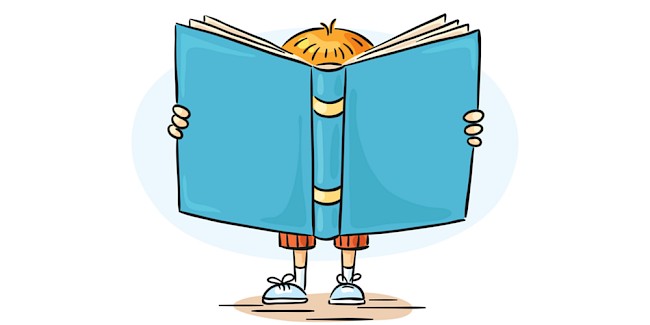How can I help my child learn to read?
Read as many stories to your child as you can. Talk about the stories.
Explain the meaning of new words. Most importantly though, show the fun that can be gained by listening to stories.
What you read to your child today, he will be able to read for himself very soon.
Help your child to learn Speed Sounds Set 1
Before you start to teach your child, practise saying the sounds below. These are the sounds we use to speak in English.
We use pure sounds so that your child will be able to blend the sounds into words more easily. At school we use a puppet called Fred who can do this beautifully! When we say words in sounds we call it ‘Fred Talk’. E.g. d-o-g, c-a-t, m-a-n, sh-o-p, c-l-a-p.
If your child’s class teacher has been trained in the programme she can show you how to pronounce these sounds.
Please do not use letter names at this early stage.
These first sounds should all be stretched slightly. Try to avoid saying uh after each one.:
e.g. /mm/ not muh, /ss/ not suh, /ff/ not fuh.
m – mmmmmmountain (keep lips pressed together hard)
s – sssssnake (keep teeth together and hiss – unvoiced)
n – nnnnnnet (keep tongue behind teeth)
f – ffffflower (keep teeth on bottom lip and force air out sharply – unvoiced)
l – llllleg (keep pointed curled tongue behind teeth).
r – rrrrrrobot (say rrr as if you are growling)
v – vvvvvvulture (keep teeth on bottom lip and force air out gently)
z – zzzzzzig zzzzzag (keep teeth together and make a buzzing sound)
th – thhhhank you ( stick out tongue and breathe out sharply)
sh – shhhh (make a shhh noise as though you are telling somebody to be quiet!)
ng – thinnnnngg on a strinnnngg (curl your tongue at the back of your throat)
nk – I think I stink (make a piggy oink noise without the oi! nk nk nk)
These next sounds cannot be stretched. Make the sound as short as possible avoiding uh at the end of the sound:
t – (tick tongue behind the teeth – unvoiced)
p – (make distinctive p with lips – unvoiced)
k – (make sharp click at back of throat)
c – as above
h – (say h as you breathe sharply out – unvoiced)
ch- (make a short sneezing sound)
x – (say a sharp c and add s – unvoiced)
You will find it harder to avoid saying uh at the end of these sounds.
d – (tap tongue behind the teeth)
g – (make soft sound in throat)
b –(make a short, strong b with lips)
j – (push lips forward)
y – (keep edges of tongue against teeth)
w – (keep lips tightly pursed)
qu – (keep lips pursed as you say cw – unvoiced)
The short vowels should be kept short and sharp.
a: a-a-a (open mouth wide as if to take a bite of an apple)
e: e-e-e (release mouth slightly from a position)
i: i-i-i (make a sharp sound at the back of the throat – smile)
o: o–o-o (push out lips, make the mouth into o shape)
u: u-u-u (make a sound in the throat)
The Long vowel sounds are all stretchy sounds
ay: ay may I play
ee: ee what do you see?
igh: fly high
ow: blow the snow
oo: poo at the zoo
oo: look at a book
ar: start the car
or: shut the door
air: that’s not fair
ir: whirl and twirl
ou: shout it out
oy: toy for a boy
| Long
vowel sound | Set 2 Speed Sound cards
Teach these first | Set 3 Speed Sound cards |
|---|
| ay | ay: may I play | a-e: make a cake | ai: snail in the rain |
| ee | ee: what can you see | ea: cup of tea | e: he me we she be |
| igh | igh: fly high | i-e: nice smile | |
| ow | ow: blow the snow | o-e: phone home | ao: goat in a boat |
| oo | oo: poo at the zoo | u-e: huge brute | ew: chew the stew |
| oo | oo: look at a book | | |
| ar | ar: start the car | | |
| or | or: shut the door | aw: yawn at dawn | |
| air | air: that’s not fair | are: share and care | |
| ir | ir: whirl and twirl | ur: nurse for a purse | er: a better letter |
| ou | ou: shout it out | ow: brown cow | |
| oy | oy: toy for a boy | oi: spoil the boy | |
| ire | | ire: fire fire! | |
| ear | | ear: hear with your ear | |
| ure | | ure: sure it’s pure? | |
Find out more information by visiting the Read Write Inc. website.
